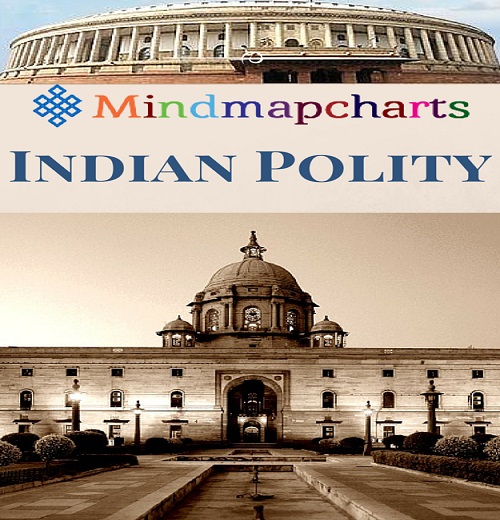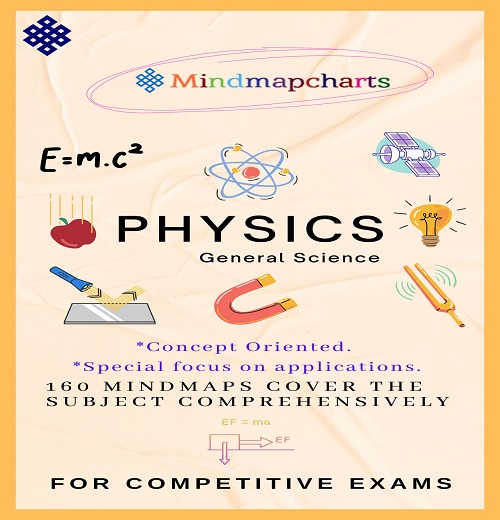Objectives:
- Bring about an improvement in the general quality of life in the rural areas.
- Accelerate sanitation coverage in rural areas to achieve the vision of Swachh Bharat by 2019 with all Gram Panchayats in the country attaining Nirmal status.
- Motivate communities and Panchayati Raj Institutions promoting sustainable sanitation facilities through awareness creation and health education.
- Encourage cost effective and appropriate technologies for ecologically safe and sustainable sanitation.
- Develop community managed environmental sanitation systems focusing on solid & liquid waste management for overall cleanliness in the rural areas.
The major components of the SBM (Gramin) are:
- Provision of incentives for the construction of Individual household latrine (IHHL) of Rs.12000, including central share of Rs.9000.00 (Rs. 10800.00 in case of special category states) and State share of Rs. 3000.00 (Rs. 1200.00 in case of special category states) to all BPL households and to identified Above Poverty Line (APL) households(all SCs /STs, small and marginal farmers, landless labourers with homestead, physically handicapped and women-headed households).
- Construction of Community Sanitary Complexes(Upto 2 lakh per Community Sanitary Complex). Sharing pattern will be 60:30:10 (Centre: State: Community)
- Assistance(Upto 50 lakh per district) to Production Centres of sanitary materials and Rural Sanitary Marts.
- Fund for Solid and Liquid Waste Management. A cap of Rs. 7/12/15/20 lakh to be applicable for Gram Panchayats having upto 150/300/500 more than 500 households on a Centre and State /GP sharing ratio of 75:25.
- Provision for IEC will be at 8% of total Project cost, with 3% to be utilised at the Central level and 5 % at State level
- Provision for Administrative Cost will be 2% of the Project cost. Sharing pattern will be 75:25 between Centre and State.
Strategy:
Sanitation is Mindset issue. Create demand by Triggering ‘Behaviour change’ by intensifying IEC campaign and Inter Personal Communication (IPC).
This IEC/IPC programme will be assisted by Multilateral Agencies like UNICEF, World Bank's WSP etc.., national NGOs working on sanitation and groups like Rotary, Nehru Yuva Kendra , CLTS Foundation etc.
Outputs (Construction) and Outcomes (Usage which will lead to better health) will be monitored.
Mechanism of ‘Trigger’ plus Incentives to construct quality toilets will be used.
Strong Administrative structure required for the Mission at Central, State and district level. Foot soldiers required at GP level.
Monitor Outcomes (Toilet usage) in consultation with Min. of Health. Monitor Outputs in terms of Expenditure and toilets constructed.
Use of Technology to Monitor Household coverage through a Hand held device to capture photos of beneficiary, toilet and Lat/Long. coordinates. – Pilot done.
Innovative, Low cost and User friendly technologies for toilet and Solid and Liquid Waste Management to be pursued.
States, which performs well in their IEC campaign, behavioural change and toilet construction effort under the Swachh Bharat Mission to be incentivised. Gram Panchayats performing well under the Mission will be incentivised with funds for Waste Water Management.
Launching the Swachh Bharat Award –for Individuals; Institutions; GPs, Districts; States who do exceptional work
Background:
The Total Sanitation Campaign (TSC) under the restructured CRSP was launched with effect from 1.4.1999 following a ‘community led’ and ‘people centered’ approach. TSC moved away from the principle of state-wise allocation to a “demand-driven” approach. The programme lays emphasis on Information, Education and Communication (IEC) for generation of effective demand for sanitation facilities. It also lays emphasis on school sanitation and hygiene education for bringing about attitudinal and behavioral changes for adoption of hygienic practices from an early age.
To encourage the Panchayati Raj Institutions to take up sanitation promotion, the incentive award scheme of Nirmal Gram Puraskar (NGP) was launched in 2005. The award is given to those PRIs which attain 100% open defecation free environment. This award publicized the sanitation programme significantly all across the country.
Encouraged with initial success of NGP, and looking into the need to upscale the sanitation interventions, the TSC was revamped as the Nirmal Bharat Abhiyan, (NBA) in 2012, with the objective to accelerate the sanitation coverage in the rural areas so as to comprehensively cover the rural community through renewed strategies and saturation approach and to transform rural India into Nirmal Bharat.
While the programme has been successful to some extent, the fact that there are still a large number of rural households without access to safe sanitation facilities, which is a issue which needs to be tackled on war footing in a time bound manner, the Swachh Bharat Mission (Gramin) has been launched on 2nd October, 2014, which aims at attaining a 100% Open Defecation Free India by 2019.






